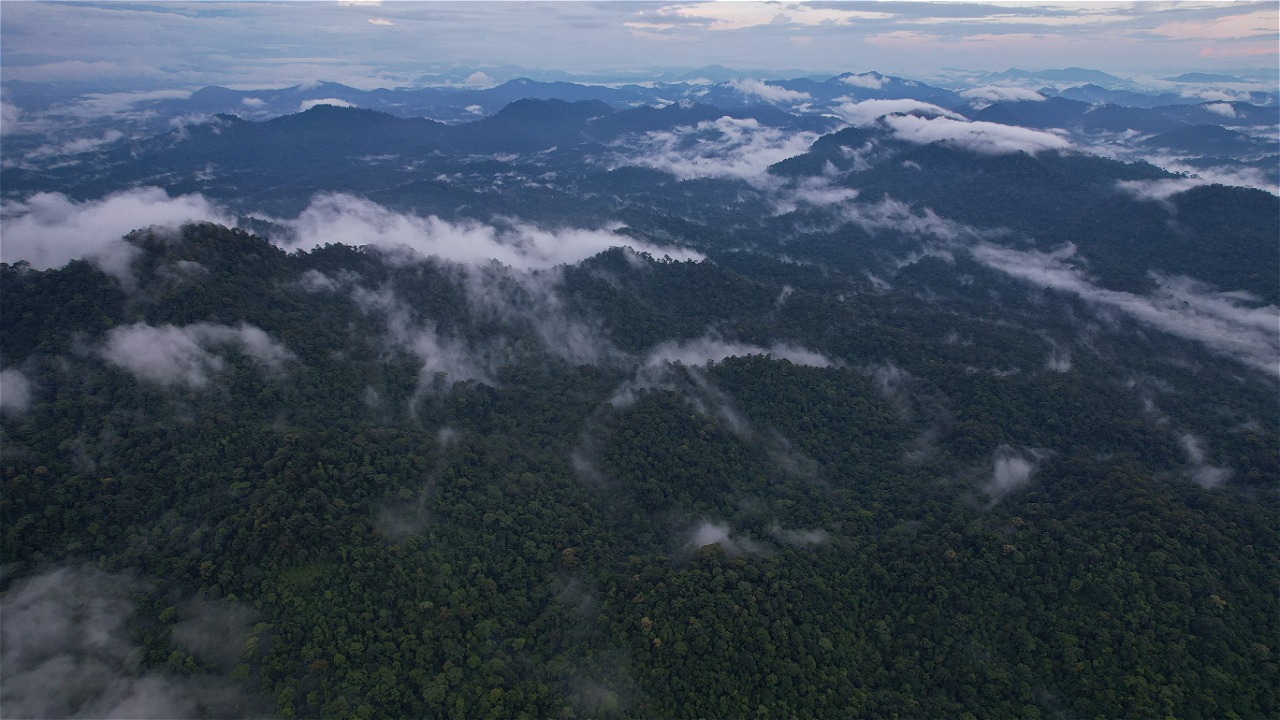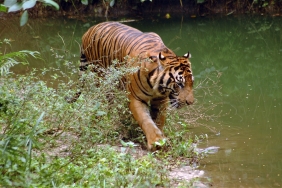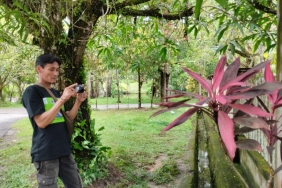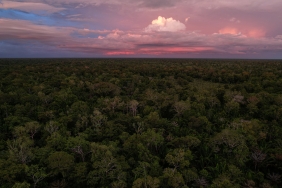THE TALANG MAMAK PEOPLE OF THE THIRTY HILLS
By: Riyanti Dewi
Deep in the forest of Bukit Tigapuluh National Park in Riau and Jambi provinces, lives the Talang Mamak tribe. The indigenous tribe of Indragiri Hulu, also known as the "Tuha Tribe" which means the tribe that first came and has the right to natural resources in Indragiri Hulu. This community, which also belongs to the Proto Malay or Old Malay tribe, is estimated to have lived for hundreds of years in the lowland forests of Bukit Tigapuluh. Long before the area was designated as a national park.
The Talang Mamak tribe lives scattered in 6 sub-districts, namely Batang Gansal, Batang Cenaku, Kelayang, West Rengat, and Rakit Kulim in Indragiri Hulu, Riau Province, as well as in Sumay Tebo District, in Jambi Province. One of the largest communities lives in the Tuo Datai hamlet, which is located on the upper Gansal River in Rantau Langsat village, Batang Gansal sub-district, Indragiri Hulu district, Riau province. About two hundred and eighty kilometers from the city of Pekanbaru.
Isolated in the interior, the Talang Mamak people live in traditional ways in houses on stilts. Some still use bark as walls, and palm leaves as roofs. Forests and rivers are important identities that cannot be separated from their lives.
Talang Mamak people generally live near rivers. In the past they relied heavily on river transportation or walking to go to town to sell garden products. But now some have begun to use motorbikes to travel, through small roads, most of which are in difficult conditions.
The Talang Mamak now inhabit areas designated as traditional or special zones of the National Park. In general, they live farming gardens and fields, tapping rubber and gathering non-timber forest products (HHNK) such as Honey, Damar, Pinang and Jerenang and Kelukup fruit.
Jernang and Kelukup are the fruits of rattan species that live wild in the forest. Jernang and Kelukup fruits are round, and blackish brown in color, while Klukup is reddish brown in color. Uniquely, these two types of fruit have been included in export commodities that are quite expensive because besides being rare, the market demand for these two fruits is very high. Both are widely used as raw materials for cosmetic dyes, pharmaceuticals, paper, toothpaste powder and even in the manufacture of ceramics and marble.
Jernang fruit is also used by the Talang Mamak community as one of the traditional medicinal plants that can cure diarrhea, abdominal pain, digestive pain, mouth ulcers and bloody urine. Not only that, its distinctive aroma makes Jernang also used in incense rituals, and is often referred to as red incense.
Unfortunately, Jernang and Kelukup are now increasingly difficult to find. The price is quite expensive, making many people, including people outside the Talang Mamak community, also compete to find it. One solution that is now being pioneered by the Bukit Tigapuluh National Park Center and the Talang Mamak community is the cultivation of Jernang and Kelukup Rattan. The community began to learn to nursery and maintain the plants, through farmer groups in each hamlet.
The Talang Mamak tribe is one of the entities whose lives cannot be separated from the forest and everything in it. They have a very important role in regulating the national park ecosystem. If the forest is damaged, it is certain that the lives of the Talang Mamak people will be threatened.





